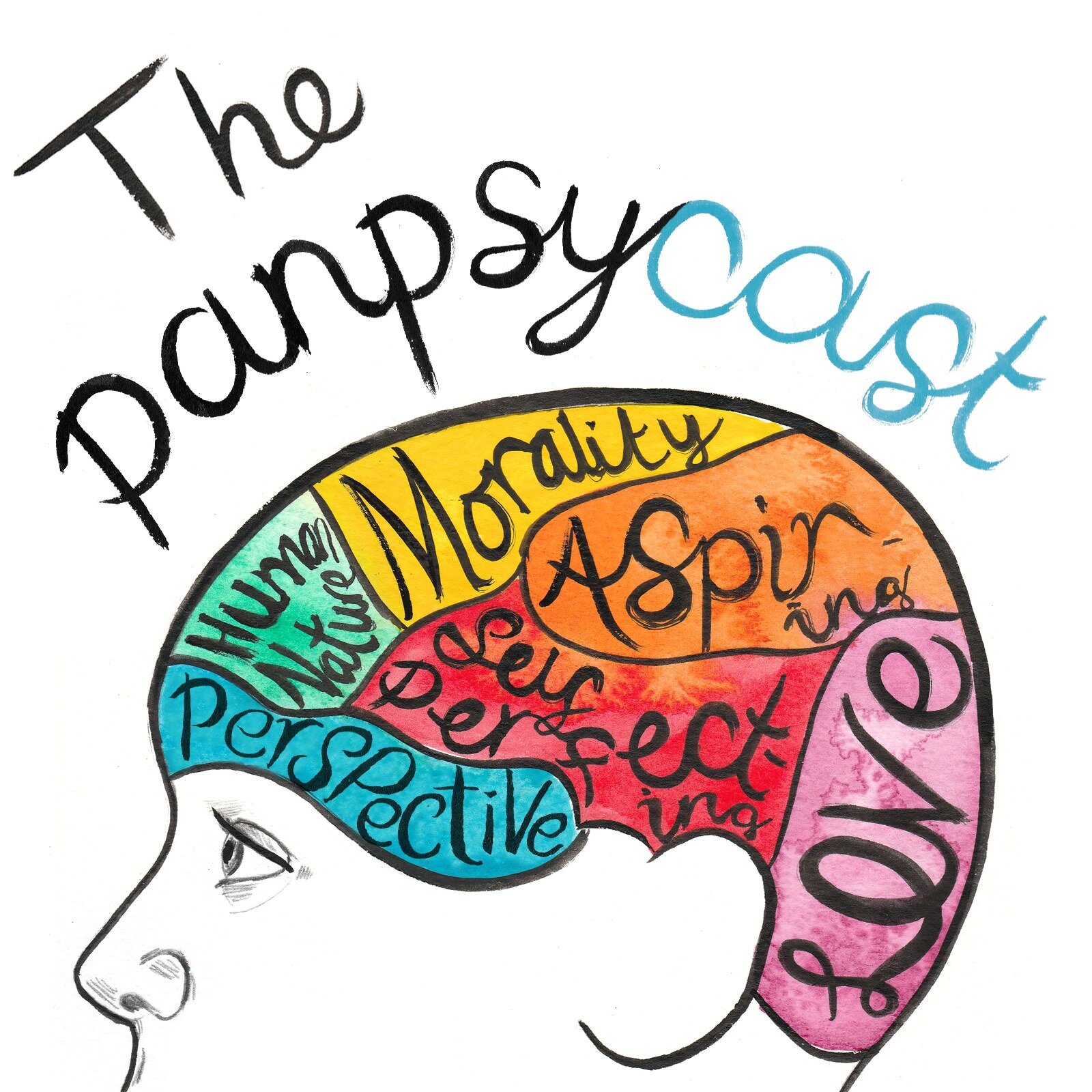Welcome to ‘Episode 124 (Part II of II)’, in which we’ll be analysing the strengths and limits of criticising ideologies through narratives.
Two people can encounter the same state of affairs – a crime, a book, a building – and yet their attention, interests, and emotional responses can be radically different. The perspectives of others are closed off from us, and our perspectives are closed off from them … that is until we share our stories. In recent years, social and political movements have utilised the power of storytelling by encouraging the sharing of first-personal accounts. For example, the #MeToo movement and #ShoutYourAbortion campaign encouraged women to share their experiences of sexual violence, harassment, and abortion in order to challenge the ideologies that allow sexism and misogyny to exist. According to Dr Rachel Fraser, these narratives play an indispensable role that can never be performed by theory and statistics.
In this episode, we’ll be speaking to Dr Fraser, Associate Professor at the University of Oxford, about how personal narratives allow us to challenge social scripts, refocus our attention, and alter the perspectives that, ultimately, shape our lives and institutions. For Fraser – who specialises in a range of fields, including epistemology, aesthetics, philosophy of language, and social and political philosophy – narratives offer a window into our lives and reveal moral truths that serve to critique dangerous ideologies and overcome injustice. Silencing ourselves and others is a surefire way to perpetuate inequality; if we want to bring about a better world, then we must learn to speak and listen.
The file size is large, please be patient whilst the podcast buffers/downloads/prepares its storyThis episode is produced in partnership with the Aesthetics and Political Epistemology Project at the University of Liverpool, led by Katherine Furman, Robin McKenna, and Vid Simoniti and funded by the British Society of Aesthetics.
Contents
Part I. Disrupting Ideology
Part II. Further Analysis and Discussion

